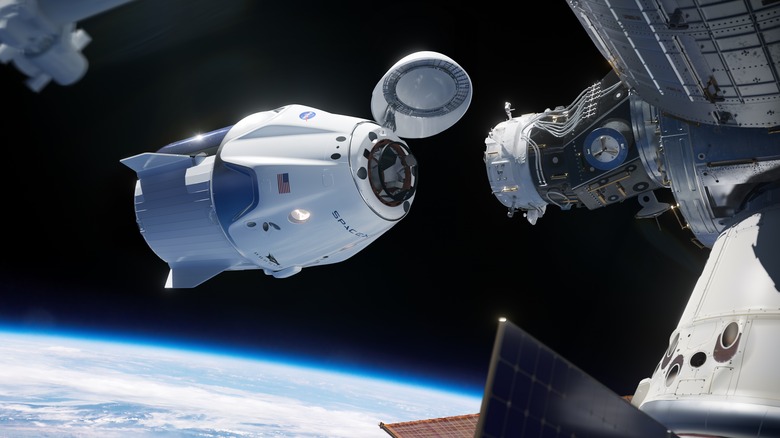The First Crew Dragon Mission Finally Returns Home
The four-person crew of the first formal Crew Dragon mission finally returned home in the early hours of Sunday morning, marking an end to an incredibly important journey. The crew was part of the first scientific mission for SpaceX's Crew Dragon after it was tested and delivered to NASA. The mission was a huge success, but some unfortunate weather delays forced the foursome to remain in space slightly longer than NASA had planned.
It was the second time a Crew Dragon spacecraft returned to Earth with people aboard, following the crewed test flight to the ISS which lasted just a short time. The Crew Dragon had never spent this long in space, attached to the ISS, and while those things might seem insignificant, even the smallest changes are hugely important when a spacecraft is responsible for protecting human lives. Thankfully, Crew Dragon performed flawlessly, and the astronauts experienced a safe splashdown in the Gulf of Mexico.
It's actually somewhat rare for a crew to return to Earth in the dark, but NASA had to opt for the soonest available return window after poor weather conditions delayed Crew Dragon's return by several days. The capsule touched the water at 2:56 am EDT. SpaceX's recovery ship picked up the astronauts and the capsule and headed back to dry land shortly thereafter.
As NASA notes in a new blog post, the predawn splashdown was the first of a U.S. crewed spacecraft " since Apollo 8's predawn return in the Pacific Ocean on Dec. 27, 1968, with NASA astronauts Frank Borman, Jim Lovell and Bill Anders."
The landing was obviously great news for SpaceX but also a huge deal for NASA, which has long needed a capable spacecraft of its own for ferrying astronauts to and from the ISS. Crew Dragon is one of the products of the Commercial Crew Progam, and so far the only one. Boeing is still trying to get its Starliner off the ground after a ton of delays and setbacks.
"Welcome home Victor, Michael, Shannon, and Soichi, and congratulations to the teams at NASA and SpaceX who worked so hard to ensure their safe and successful splashdown," incoming NASA Administrator Sen. Bill Nelson said in a statement. "We've accomplished another incredible spaceflight for America and our commercial and international partners. Safe, reliable transportation to the International Space Station is exactly the vision that NASA had when the agency embarked on the commercial crew program."
NASA on the Commercial Crew Program:
The goal of NASA's Commercial Crew Program is safe, reliable, and cost-effective transportation to and from the International Space Station. This has already been proven to provide additional research time and increase the opportunity for discovery aboard humanity's testbed for exploration, including helping us prepare for human exploration of the Moon and Mars.
It'll still be a while before we get to see Starliner in action, but once Boeing finally finishes that project, NASA will have no shortages of ways to get its astronauts into space.
